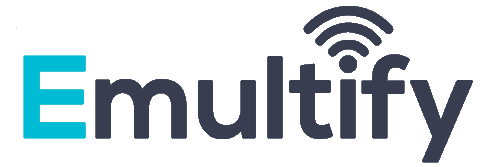book a free consultation
Online Meeting
Schedule your call on your preferred time, from the comfort of your home
Contact Us
Contact Information
working hours
our branches
10685-B Hazelhurst Dr. # 25129 Houston, TX 77043 USA
Kocatepe Mah, sht. Muhtar, Istanbul, 34437, Turkey
Lot 19, Level 1, Suite A, Lazenda Commercial Centre Phase 3, Jalan OKK Abdullah, 87000 Federal Territory of Labuan, Malaysia.
